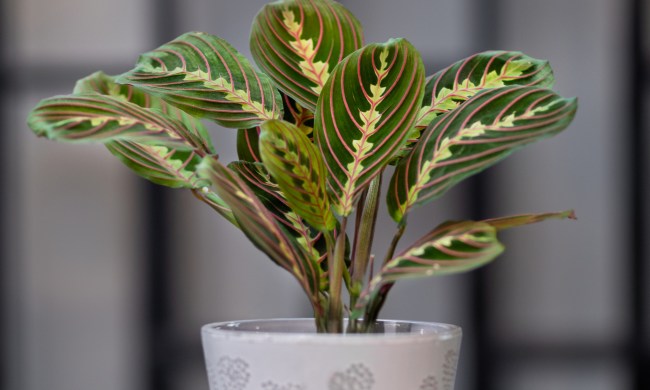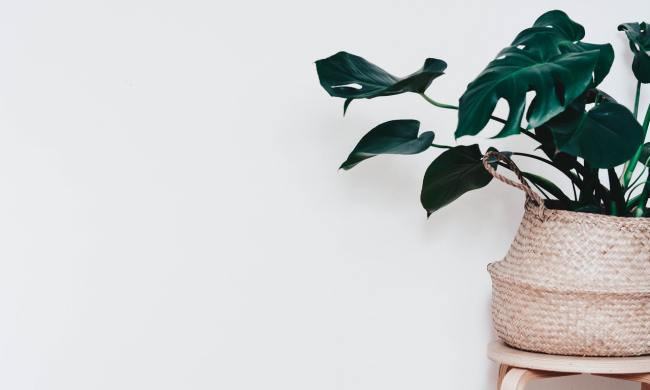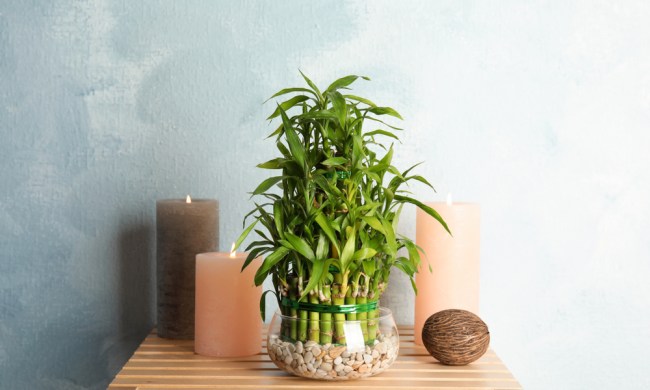With COVID still on our minds, there’s never been a time when the desire for cleaner, healthier air has been stronger. And, with winter approaching and with it, more time spent indoors, it’s even more important to be sure that the air we breathe is as clean and healthy as can be.
You can change your air filters, schedule a thorough cleaning of your ductwork, and even purchase an air purifier or two, but you can also introduce your home to the most natural purifier of them all: plants. If you remember from elementary school science, plants, through the process of photosynthesis, deliver the very oxygen we need to breathe. So if we all want cleaner air, can indoor plants really do the job?
Can plants clean the air?
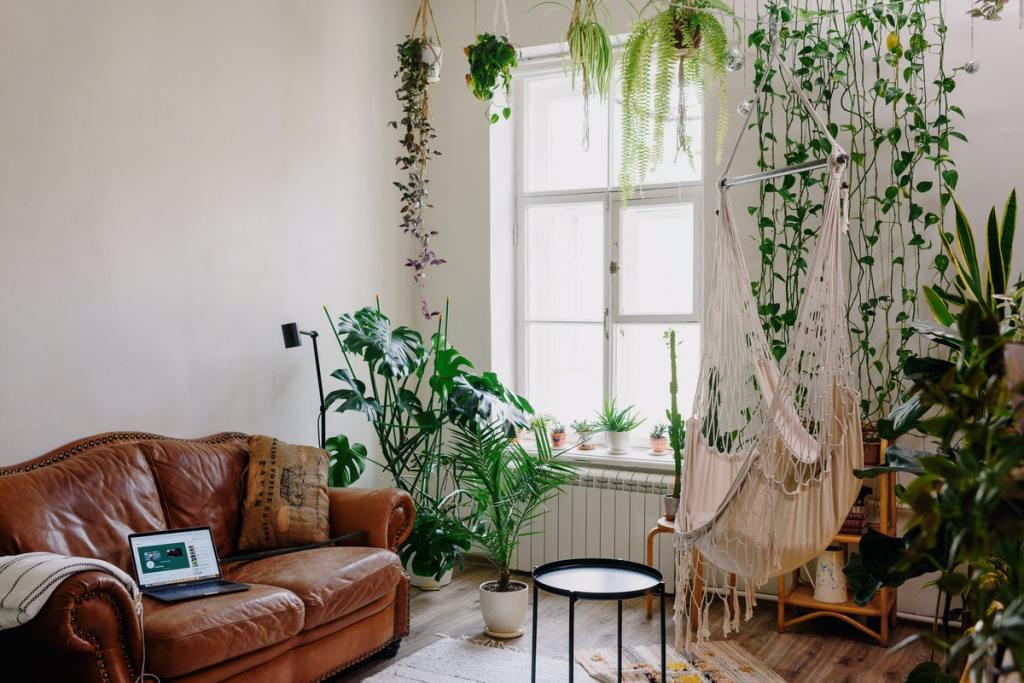
Plants convert the carbon dioxide we exhale into fresh oxygen, and they also have the power to help remove toxins from the air. A famous series of studies by NASA in 1989 cited the ability of certain common house plants to remove organic chemicals from indoor air, namely benzene, trichloroethylene, and formaldehyde.
Unfortunately, today’s research indicates that the NASA study may have been a touch too optimistic. You would need a really large number of indoor plants for the foliage to really be able to wipe out the toxins. But, they still provide great health benefits, and even just a few can make a significant difference.
According to Bill Wolverton, a former NASA research scientist who conducted the 1989 plant study, plants that are bigger and leafier have the best chance of actually making a difference in helping to purify the air. Wolverton recommends at least two “good-sized” plants for every 100 square feet of interior space. He also recommends two plants, in particular, stating:
“The Boston fern is one of the most effective plants for removing airborne pollutants, but it is often difficult to grow indoors. I usually recommend the golden pothos as myfirst choice, since it is a popular plant and easy to grow.”
7 indoor plants that help clean the air
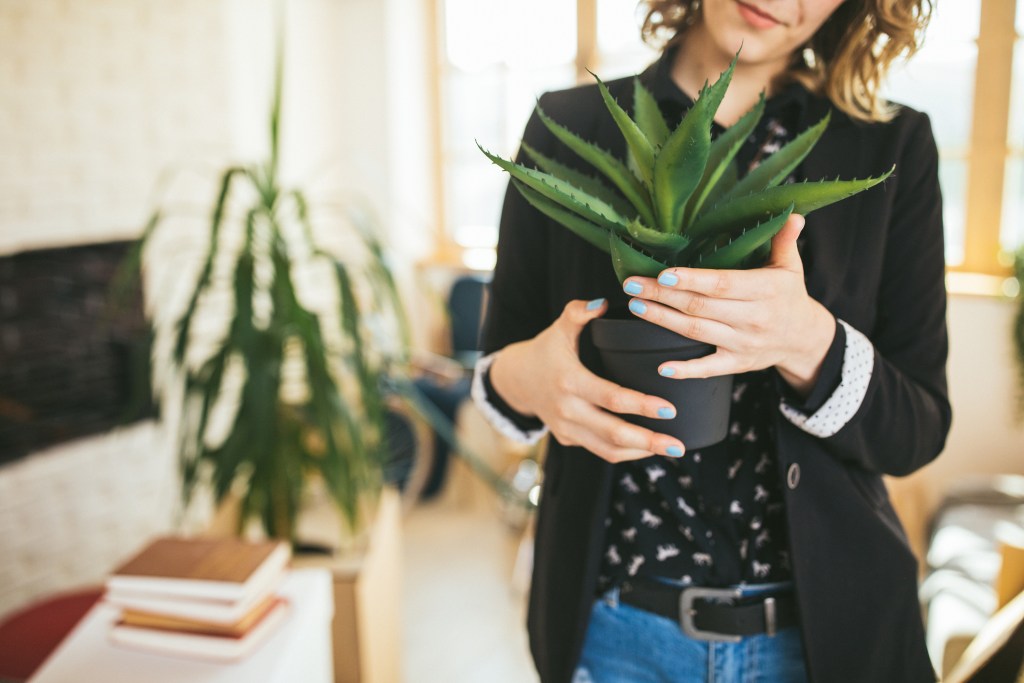
- Aloe vera
You may already know about the healing properties of aloe vera for soothing kitchen burns, but you may not be aware that this amazing succulent has the ability to purify the air of formaldehyde and benzene, found in many varnishes, floor finishes, and detergents. It makes a lovely, and practical, addition to a sunny windowsill in your kitchen. - Bamboo palm
Able to thrive in low-light conditions, the bamboo plant is a striking centerpiece for any room. With its graceful, arching leaves, this air purifier is particularly skilled at removing formaldehyde from the air. - Chrysanthemum
These pretty blooms love any sunny spot in your home, and with this plant’s ability to filter out a host of toxins such as ammonia and benzene (often found in plastics, detergents, and glue), it makes a wonderful addition to a kitchen or family room as well. - English Ivy
Airborne fecal matter is not a topic people like to discuss, but it does exist, which is why this easy-growing perennial is the perfect addition to your bathroom. It’s particularly effective at reducing these nasty airborne particles and can combat mold, too. - Snake plant
Want to sleep better? Of course you do, and this yellow-tipped succulent can make sure you do. It releases oxygen at night, which helps you breathe better while you sleep, and is one of the best plants around for filtering out formaldehyde, xylene, benzene, toluene, and trichloroethylene from the air. Plus, it’s really easy to care for, provided you don’t overwater it. - Spider plant
Don’t have a super green thumb? Look no further than this ultra-resilient house plant: the spider plant. It practically takes care of itself, even sprouting little “spiderettes” that you can repot to grow even more easy-to-care-for house plants. This delicate-looking plant can battle carbon monoxide and xylene — a solvent found in printing and rubber industries. Bonus: This house plant is completely non-toxic to pets. - Rubber plant
Hardy, good-looking, and low maintenance, too, this popular plant received NASA’s stamp of approval as one of the best for cleansing the air. It’s also a lovely way to brighten up a bare spot on your counter or windowsill. Note: The rubber plant is toxic to dogs and cats, so be sure to keep it out of reach of pets.
House plants are a fan-favorite way to bring color and beauty to your home, and, while they may not be able to purify the air in your home on their own, they do offer many health benefits. Add a few well-chosen house plants to your home and you just may find yourself breathing a little easier this winter.


